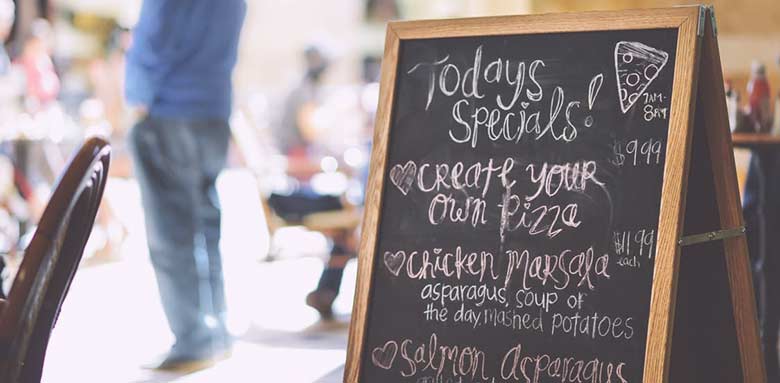
Running a successful food business is hard graft, we understand that it’s not all roses and champagne, and sometimes it’s a lukewarm cup of tea and running on 5 hours sleep.
Perfect service in the grand scheme of things is a very unattainable aspiration within a professional foodservice environment due to many conflicting factors, but the perfect menu is something every single kitchen should aspire to achieve.
The perfect menu can often stand the test of time, but as consumer taste changes throughout the decades, offering out-of-date or ‘tired’ dishes might cause more harm than good.
In most cases, restaurant owners and/or head chefs agonise, almost to perfection, on every single item on their menu…at least that’s how it’s supposed to be in a perfect world.
But no matter how hard or how long you work on your restaurant’s recipes and refine your menu selection, making dishes just how you like it doesn’t always translate to how your guests like it.
Here are some relatively obvious ways you can tell that, depending on how your guests react to your menu and food, you might have to readjust your approach to your dish selection.
Diners frequently ask for alterations to the menu item
“Can I have this but not too spicy?”
“Can I have more cheese on this?”

If you are beginning to see an influx in the number of meals you receive back asking for more or less of something, or worse, getting an initial order with extra of this or less of that, it’s likely that you have a problem.
Having to add, remove, or alter dishes on your menu not only adds preparation and cooking time but also adds to ingredient costs – affecting your profit margin.
Somewhat more importantly, there is an added psychological cost to the paying diner – they’re not getting what they want for the money they’re paying without having to request a few modifications. That’s all right for pizza or other items that need the
You might think ‘what’s the big deal, everyone has different tastes after all’, well that’s all right for pizza or other items that need the a-la-carte treatment.
But if it’s spaghetti, then it’s time to go test kitchen mode.
Don’t confuse this altering with questions though. Some diners might ask ‘is that spicy?’ – which isn’t quite the same as asking for a dish to be less spicy.
Your guests simply aren’t ordering it
This commonly happens when you have just too many menu selections to choose from.
Of course, you’re supposed to have at least one or two (preferably three) items that are the most popular, and the rest should be equally proportioned. But if you start to see that some menu items aren’t getting ordered at all, you’re just burning valuable menu space.
Remember to keep your most popular, high-margin dishes in the most prominent locations, streamline the reading process and if your guests have questions, then ensure your serving staff are knowledgeable and can fill in the gaps.
You can consider remarketing specific menu items such as offering discounts or doing something with happy hour, but that can be hit-or-miss. Either do that, revise that menu item, or ditch it all together.
Does your menu encourage items to be ordered?
The menu itself can be a big reason that many of your guests choose particular dishes and drinks.
Presentation is a big part of why people make orders, choose places to dine and how they will interact with your establishment.
So at least think how best to display your menu, be that menu boards, simple paper menus and how guests will order.
Is my menu as good as it can be?
One final thing to consider is how good actually is my menu? What are your strengths? What are your weaknesses?
If you have dishes that don’t quite meet your very own expectations, then get rid, experiment yourself, taste every single dish.
And remember don’t offer a dish if you would never order it yourself.
